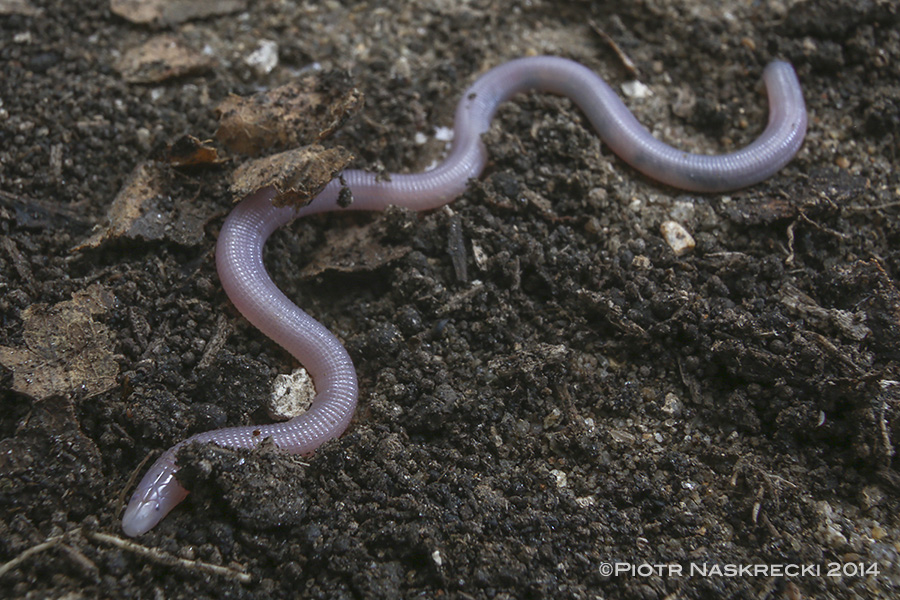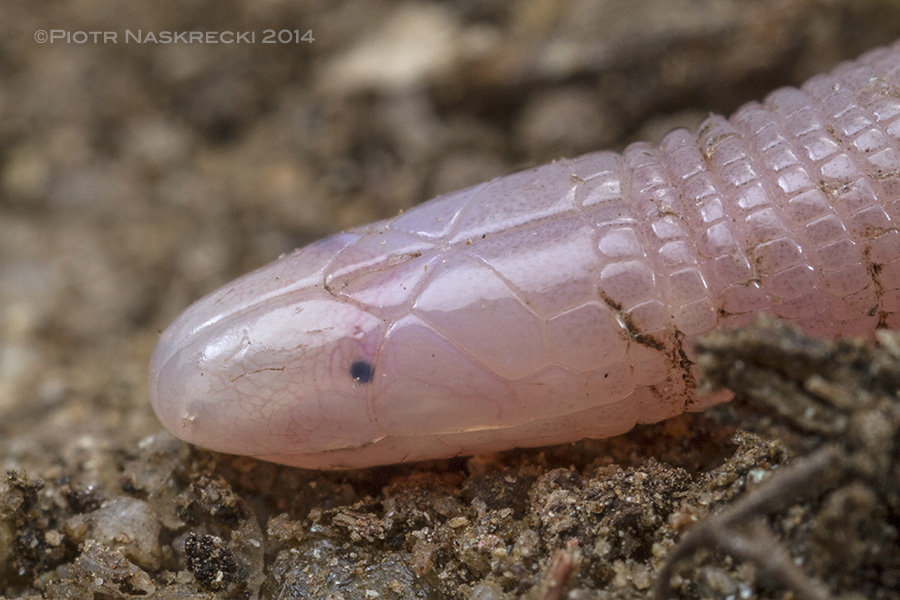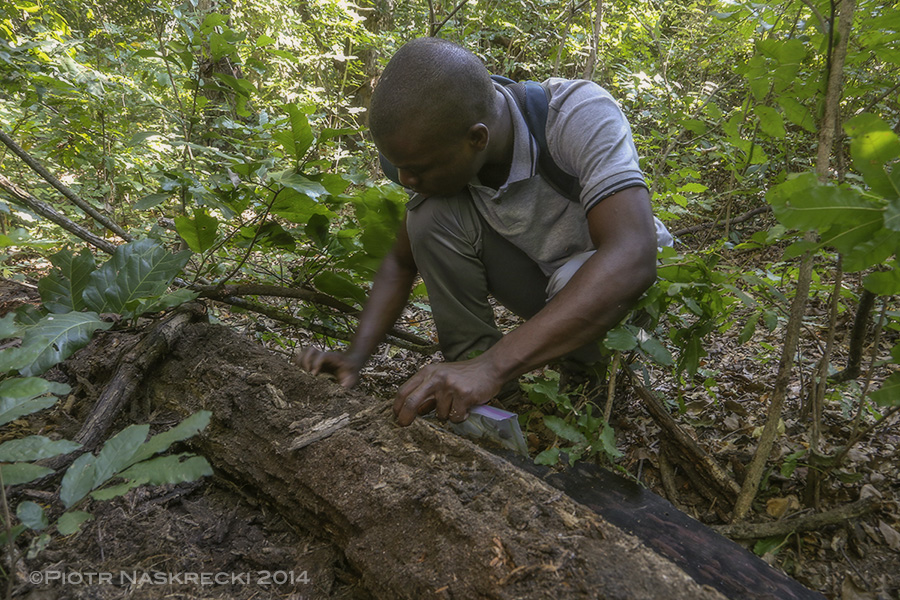
Having drawn the short straw at the phenotypic lottery I have always felt a special kinship with creatures that most people dismiss as too small, too creepy, too unattractive. Because these are (I tell myself) the hallmarks of the truly interesting organisms, ones that have followed the less-trodden paths of unusual specialization, remarkable adaptations, evolutionary ingenuity.
One such organism, about the existence of which I learned as a young child from an old zoology textbook, was Bipes, an amphisbaenian. It was a chimeric, strange creature, with the appearance of a pink snake, but equipped with a pair of shovel-like legs at the front end of its long body. There was a striking resemblance between that creature and a picture of a dragon that I had seen in the illustrated edition of the Old Testament from my Sunday School (which, incidentally, offered its classes on Monday nights), and I was instantly hooked.

Amphisbaenians are reptiles, but so unusual that for the longest time they were considered a separate order of these animals. For one, they look nothing like a vertebrate – the last couple of times that somebody brought me an amphisbaenian they were under the impression of having collected an earthworm (unlike Bipes, most species are legless.) Their annulated body is usually pink or covered with irregular, white and dark blotches, a clear indication that these animals don’t care about how they are perceived by others. And for a good reason – why bother with the looks if your entire life is spend underground and you yourself are blind. Better to invest the energy that would have been spent on the irrelevant appearance into things such as a thick skull and powerful thoracic muscles that will allow the animal to push effortlessly though the soil in search of prey.

Recent phylogenetic studies revealed that amphisbaenians are not a separate, primitive order of reptiles, but rather a highly derived, supremely modified lineage of lacertiform lizards. It is very likely that the next step in this transition to a subterranean lifestyle was the complete loss of limbs and girdles, a dramatic reshaping of the skull, the loss of eyelids and, eventually, the emergence of a brand new group of animals, the snakes. In fact, the most basal (primitive) snakes, the Typhlopidae and other related families, look remarkably like the amphisbaenians.
A few days ago I was in the southern part of Gorongosa, checking out sites for the second biodiversity survey of the park, and there, in a dry, crumbling log, I found a beautiful little amphisbaenian, Chirindia swynnertoni. This species is rarely seen, and thus I promptly followed a recommendation of a field guide to amphibians and reptiles of East Africa: “Anyone finding a worm-lizard [amphisbaenian] should take it to a museum.” I still haven’t had the heart to preserve it for the Gorongosa Synoptic Collection, and instead I have been watching it for days, transfixed by its amazing ability to squeeze into the hardest soil with the body that looks like an overcooked string of pasta, and with a baby-pink face of a newborn. It has been feeding on termites and ant larvae, crushing the insects with its tiny yet powerful jaws. And I find it fascinating (and somewhat rewarding) that from so seemingly unassuming a beginning came a lineage of animals that has terrified the human psyche since the time of Eden.


Hi Piotr. I’ve always wondered how you deal with being attacked by mosquitoes and their ilk when out in the field. Even around here (Pennsylvania) in the summer, as soon as I get my tripod set up and remain even a little bit stationary, I’m attacked by every biting insect in a 30 ft radius. I was in Virginia last week fighting off mosquitoes when photographing a spider and wondered how you deal with it in the tropics. I hate insect repellant but I have to wear it along with long sleeves and pants which is miserable in the humidity. it really puts a cramp on my summer bug fun.
Funny, I just smacked one on my neck, and I am sitting in my office. Quite honestly, they don’t bother me too much. I guess I have just gotten used to them.
When I was working in the Kalahari the Meerkats used to eat a lot of these. I probably wouldn’t have ever seen one if they hadn’t dug them up. Sadly I didn’t get to look at them for long before they were chomped down by a hungry Meerkat.
I know I shall sound like an unscientific sentimental soul, but I truly hope you will let it pry its way to some safe deep burrow instead of he pickling jar…
I second that suggestion!